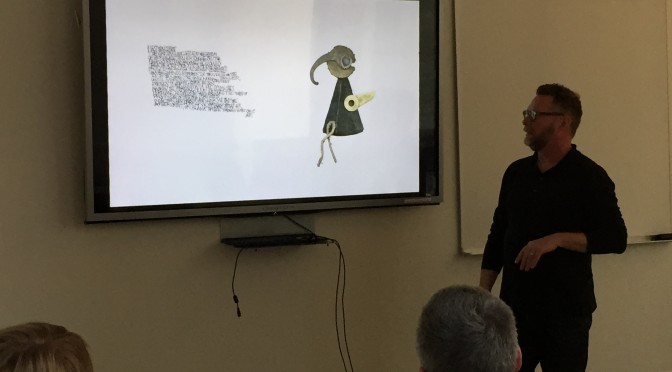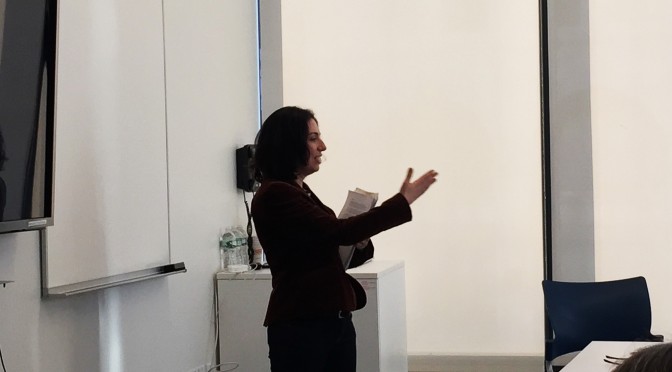Alex Liebergesell
Associate Professor
Pratt Institute
Graduate Communications Design
The term “design” (Latin designare, to designate) is defined as “intent.” Technology, from the Greek techné (art, craft), are tools derived from the deliberate application of knowledge. Design and technology are therefore inseparably rooted in their common meaning as the deliberate instantiation of ideas.
Vilém Flusser, in his 1993 essay About the Word Design, explains design as a “bridge” born during the Industrial Revolution, which attempted to close the “sharp division between the world of the arts and that of technology” in place since the Renaissance. For Flusser, design is a reunion of “equals” which makes “a new form of culture possible.”
But is design really a reunion of art and technology? In the face of converging trends in art, technology and design, Flusser’s typology is outmoded. His view still maintains a separation between art and technology, and while he ascribes a strong causal value to design as a cultural arbiter, he over-expresses its dependency on technology and ignores art as an intrinsic expression of technology. In short, neither art or design are defined as technologies, thus rendering his entire equation untenable.
However, if we designate both art and design as technologies, and accept that the former is primarily preoccupied with intrinsic expression and the latter with extrinsic functionalities, we can readily assign technology as the universal constant from which all knowledge, inventions, and creative expressions — in effect, all culture — emerges. By assigning equal value to art and design as manifestations of technology, we can better grasp the convergence in methods and intent that are common to these disciplines today. Moreover, this alternative formula provides room and equal footing for liberal arts and social science co-products such as philosophy, political theory and the institutions which sustain them, all key technologies and human inventions essential for design and artistic development.
This research was presented at the
Design Incubation Colloquium 2.1: Pratt Institute, Graduate Communications Design on Saturday, October 24, 2015.
Like this:
Like Loading...

